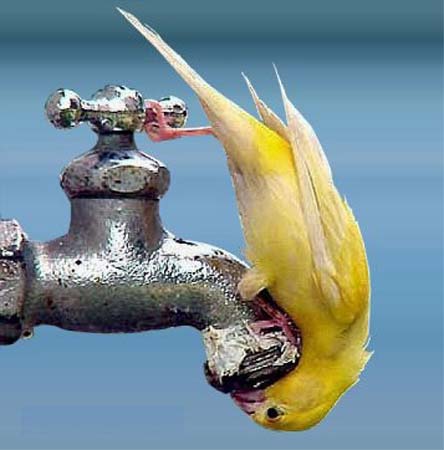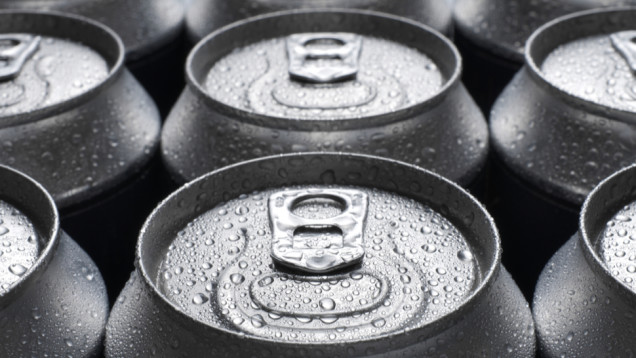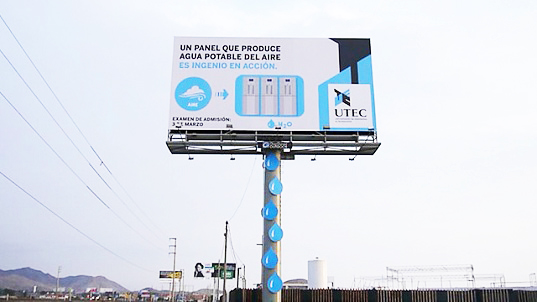StayingSustainable.com
Generating Water from the Air
Water shortage is something that is nothing new to the world. Severe droughts in Africa have caused major famine for quite some time now. This upcoming summer however, there will be a serious wake-up call on the issue. This summer, the issue will hit one of the major population centers of the world; forcing tens of millions of people to stop turning a blind eye. This summer, California’s historic drought will enter a whole new level of intensity; and amongst other things, water shortage will be at the forefront of the negative impacts.

In light of that, we need to start thinking of ways to combat the problem. Of course, yes, we need to change the way we operate as a people. But that “movement” hasn’t been working since the start of the global warming debate; and surprisingly, it still isn’t working despite the recent onslaught of evidence. So we need to consider other alternatives, other approaches to deal with the havoc we brought upon ourselves.
One way we could help combat this problem is to harvest water from air. Yes, seriously. Actually, the idea is not new and has already been implemented in many different ways. Nature implements this idea every day when there is morning dew on the grass. Other examples include the fogging up of a windshield, or when your cold can of beer has “sweat” on it, or a hundred other things. What’s going on here is that the moisture in the air is being turned into water.

That thought is pretty mind boggling if you think about it. Most places in the world experience this phenomenon every single morning. If this is happening everywhere, every morning, there must be a considerable amount of water being generated and then evaporated; and that brings on a series of interesting questions. How much water is that? Can we find a way to gather this water and use it? What does it take to do?
To begin answering those questions, you will need to understand how this process works. We will go through this on the next page. But first, take a look at a real life example of this idea being used in Peru. The picture is below, but you can see a video of it here.

This system was built by the Peru University of Engineering and Technology. It produces about 96 liters, or 26 gallons, of pure drinkable water every day. It doesn’t seem like a lot when you consider that your low flow shower heads dispense about 2.5 gallons per minute; but tell that to the people of rural Peru where clean water to drink is a rarity. And to consider that this billboard was set up for merely $1200, well, it should seem like a no-brainer that this is a viable way of collecting water. It is enough to give more than 50 people their recommneded amount of drinking water every day. You’ll learn as you read further, that the output can be magnified significantly. If you don’t feel like reading further (yet), hopefully your mind has been infused with some food for thought.